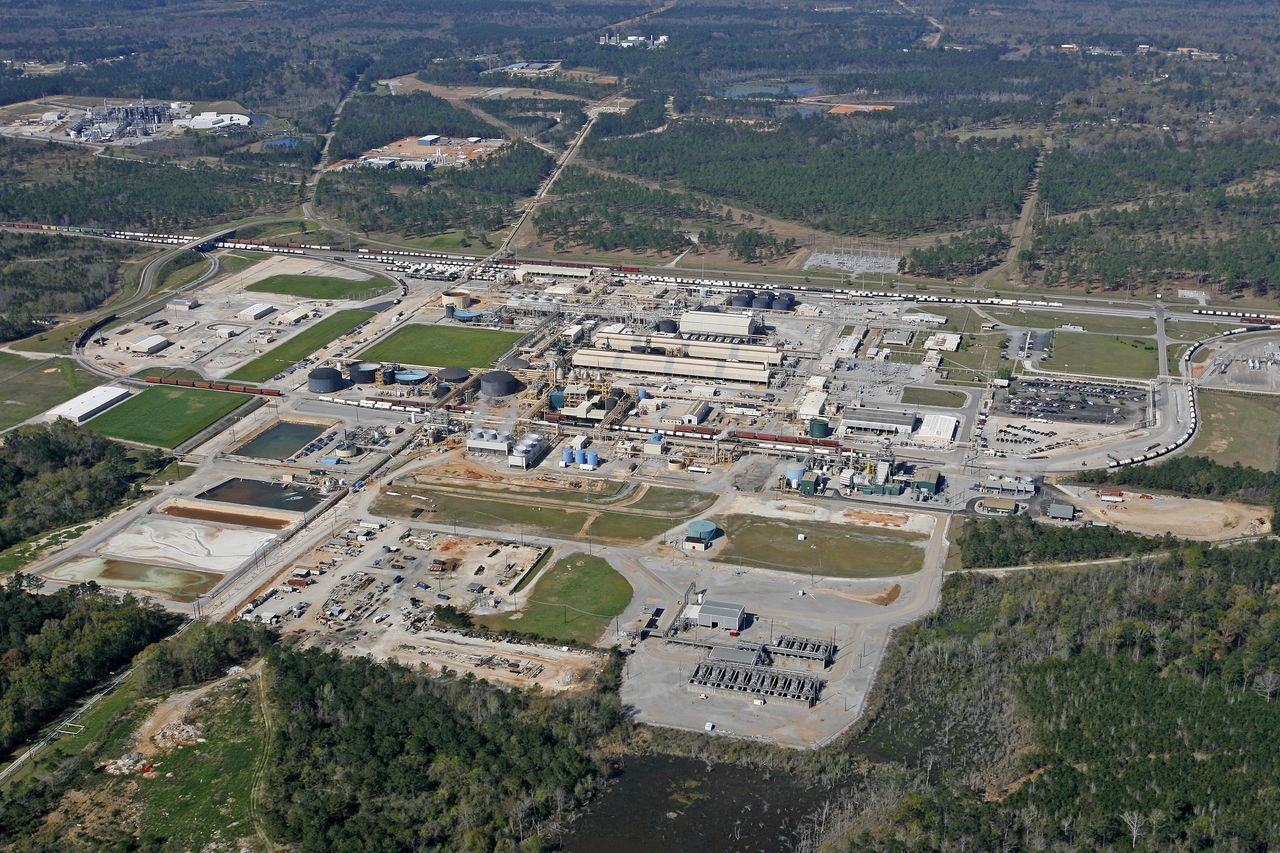Lack of data hampers understanding of health effects of McIntoshâs superfund sites
People who live in McIntosh, a small town about 40 miles north of Mobile, have raised concerns about the health effects of living in close proximity to several chemical plants, including two that have been designated as superfund sites by the U.S. Environmental Protection Agency.
The problem is, besides anecdotes of the residents, there’s not a lot of scientific data available to understand the problem, according to a researcher who has been investigating those issues.
“Why is no one concerned about people living on two superfund sites?” said Sharlene Newman, a professor at the University of Alabama and executive director of the Alabama Life Research Institute.
Newman first began visiting McIntosh over a year ago, when she traveled there with some of the university’s water researchers. Hearing the stories of town residents, she found that they had high rates of cancer and respiratory issues. She also heard a few stories of infants having health problems as a result of mercury exposure in utero.
To Newman, the concerns sounded worth looking into. The U.S. Environmental Protection agency has reported finding mercury in the water basin adjacent to the Olin Corporation plant. The Alabama Department of Public Health has advised people to limit consumption of certain fish out of the Tombigbee River because of the mercury concentrations.
